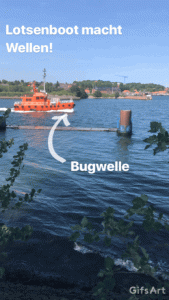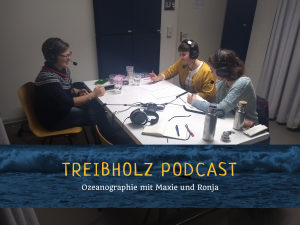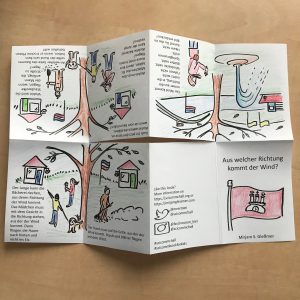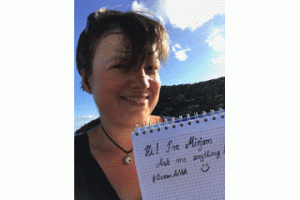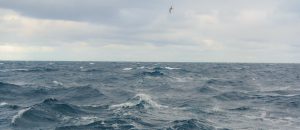
#SciCommChall: Science in just one Instagram story post
I’ve really been slacking on the #SciCommChall front recently. So here we go with my contribution to April’s #SciCommChall: Science in just one Instagram story post! Here is one: And…
